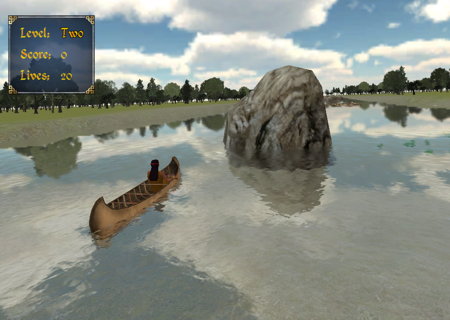It only seems like this has nothing to do with statistics
Last post, I talked about bricolage, the fine art of throwing random stuff together to make something useful. This is something of a philosophy of life for me.
Seems rambling but it’s not …
Over 30 years ago, I was the first American to win the world judo championships. A few years ago, I co-authored a book on judo, called Winning on the Ground.
When it came to judo, although I was better than the average person, I was not the best at the fancy throws – not by a long shot. I didn’t invent any new judo techniques. I wanted to call our book The Lego Theory of Judo but my co-author said, “That’s stupid” and the editor, more tactfully, said, “Nobody will know what you are talking about unless they read the book and you want a title that will get them to buy the book”. So, I lost that argument.
What I was really good at was putting techniques together. I could go from a throw to a pin to an armbar and voila – world champion! Well, it took a long time and a lot of work, too.
How does this apply to statistics?
Let’s start with Fisher’s exact test. Last year, I wrote about using this test to compare the bureaucratic barriers to new educational technology in rural versus urban school districts. Just in case you have not memorized my blog posts, Fisher’s exact test can be used when you have a 2 x 2 matrix that fails to meet the chi-square minimum of five observations per cell. In that instance, with only 17 districts, chi-square would not be appropriate. If you have a 2 x 2 table, SAS automatically computes the Fisher exact test, as well as several others. Here is the code:
PROC FREQ DATA = install ;
TABLES rural*install / CHISQ ;
Ten years ago, I was using this exact test in a very different context, as a statistical consultant working with a group of physicians who wanted to compare the mortality rates between a department that had staff with a specific training program and a similar department where physicians were equally qualified except for participation in the specialized program. Fortunately for the patients but unfortunately for statistical analysis purposes, people didn’t die that often in either department. Exact same problem. Exact same code except for changing the variable names and data set name.
In 35 years, I have gone from using SAS to predict which missiles will fail at launch to which families will place their child with a disability in a residential facility to which patient in a hospital will die to which person in vocational program will get employed to which student will quit playing an educational game. ALL of these applications have used statistics and in some cases, like the examples above, the identical statistics applied in very diverse fields.
Where do the Legos come in?
In pretty much every field, you need four building blocks; statistics, foundational programming concepts, an understanding of data management and subject specific knowledge. SAS can help you with three of these and if you acquire the fourth, you can build just about anything.
More on those building blocks next post.
For random advice from me and my lovely children, subscribe to our youtube channel 7GenGames TV


2 Comments